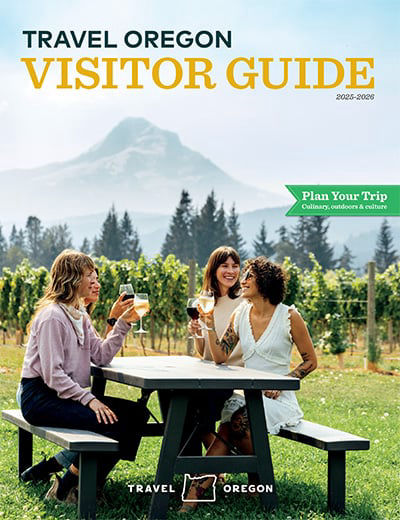Population & Demographics: Understanding Our Diverse Community
An Intimate Community Where Every Patient Matters
In Heppner, with its population of just 1,300 residents, you'll experience something rare in modern medicine—the ability to know every patient as an individual, not a number. Serving the broader Morrow County area of 12,000 residents across 2,049 square miles, your impact on community health is both visible and measurable. Unlike metropolitan practices where providers are interchangeable, here you'll be an essential thread in the fabric of healthcare, directly shaping population outcomes in real time.
Regional Demographics and Service Area
Your patients will come from all corners of Morrow County and beyond, reflecting the authentic American West—ranchers, farmers, and young families drawn to rural life. With a median age of 39.8 years, you’ll provide care across generations, from newborns to grandparents, creating continuity of care that defines rural practice.
- Primary Service Area: 12,000 Morrow County residents, with Heppner as the healthcare hub
- Extended Reach: Patients also travel from southern Umatilla and northern Grant counties
- Age Distribution: 24% under 18, 57% working age, 19% over 65
- Household Composition: Average size 2.4; 65% family households
Cultural Richness in Rural Simplicity
While predominantly White (87%), reflecting its European pioneer heritage, Heppner is also home to a growing Hispanic/Latino population (18%). You'll find Spanish spoken in shops, authentic Mexican cuisine at family restaurants, and vibrant cultural traditions such as quinceañeras. This evolving community offers opportunities for culturally competent medicine and learning from diverse perspectives.
Economic Stability and Professional Opportunities
With a median household income of $52,000, families here enjoy a comfortable lifestyle free from urban financial stress. For physician families, the region offers real career opportunities for spouses in agriculture, education, healthcare, government, and even renewable energy sectors. This is a place where dual careers thrive, not just physician-centered households.
- Major Employment Sectors: Agriculture (25%), Healthcare (15%), Education (12%), Government (10%)
- Unemployment Rate: 4.2% (below state average)
- Educational Attainment: 89% high school graduates; 22% with bachelor’s or higher
- Workforce Character: Strong work ethic; multi-generational farm and skilled trade families
Community Character and Social Fabric
Heppner’s strength lies in its people. This is a community where barn-raising ethics still prevail. You’ll see it in fundraising dinners that fill the school gym for families in crisis, in the volunteer fire department staffed by ranchers, and in neighbors teaching newcomers how to garden in high desert soil. Your patients will also be your neighbors, teammates, and friends, blurring the lines between clinical care and community connection.
Generational Continuity and Community Investment
Unlike transient urban populations, Heppner is defined by generational stability. Many families trace roots back four or five generations, creating deep support systems that enhance health outcomes. Patients here follow through on care because they’ll see you at the grocery store, the school track, or the county fair.
- Population Stability: 78% of residents lived in Morrow County 5+ years
- Multi-generational Families: 40% have extended family nearby
- Civic Engagement: 72% voter turnout, among Oregon’s highest
- Volunteerism: Residents average 150 volunteer hours annually (3× national average)
A Practice Where Relationships Define Success
Here, physician success isn’t about RVUs—it’s about real impact. You’ll see it in higher graduation rates when you diagnose ADHD early, in fewer diabetic complications because you know which patients need extra support, and in fewer farm injuries thanks to your outreach. Practicing in Heppner means treating people you know and trust—1,300 individuals whose health you safeguard personally. That level of relationship-based medicine creates professional fulfillment unmatched in urban clinics.
